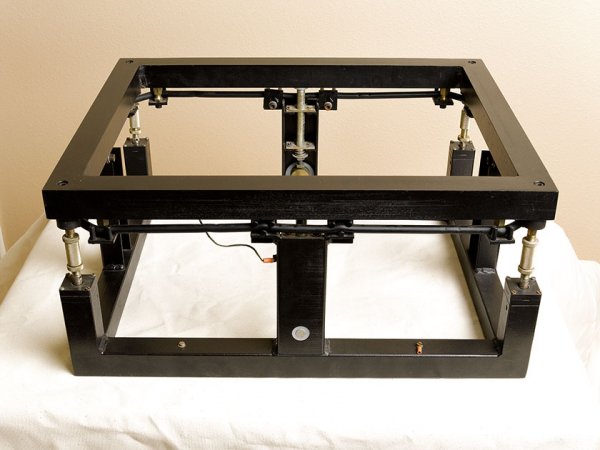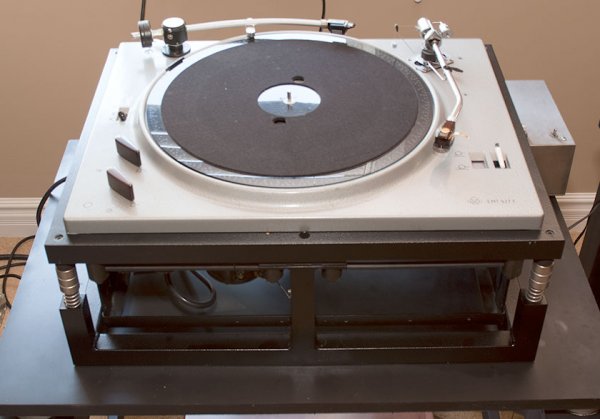While I have the greatest respect for your willingness to post here - and especially, the down-to-Earth and open-minded way in which you articulate your thoughts - my suspicion is that we are possibly still well short of a single isolation/damping/energy transfer mechanism/methodology that will give equivalent benefits across all components and all systems. Nevertheless, a willingness on behalf of manufacturers like yourself to share combinations of greatest efficacy, and perhaps as importantly, those of least efficacy, may provide us with data to better understand (though of course, not “know”) ahead of time which solutions are potentially most likely to confer benefits that are predictable, rather than the gamble that many of us currently take, calling it “experimenting” to intellectually soften the blow.
What I have noticed so far is that following mother Nature gives fairy predictable results. One example is mass.
By the Newton's 3rd law, high mass => low acceleration for a given force. So this is one of the most simple vibration
damping methods and I suspect for some frequency regions basically the only
(BTW old optical tables weighted several tones to bring vibration amplitudes down to nanometers).
It is sometimes criticized and dismissed as "big mass storing vibration and releasing them back". While I'm yet to see a reasonable explanation
of what proponents of this thesis exactly mean (I have my own suspicions),
I know that this mass must be a quality mass, meaning high internal damping.
Otherwise indeed by solving one problem (e.g. taming bass feedback) one can create another (say mids smearing or HF ringing).
But if properly implemented, this method just works by pure physics.
Cheers,




